Two concentric rings, one of radius a and the other of radius b, have the charges +q, and −(2/5)−3/2q, respectively as shown in fig.

Find the rario b/a if a charge particle palaced on the axis at z =a is i equilibrium.
Step by step video & image solution for Two concentric rings, one of radius a and the other of radius b, have the charges +q, and -(2//5)^(-3//2)q, respectively as shown in fig. Find the rario b//a if a charge particle palaced on the axis at z =a is i equilibrium. by Physics experts to help you in doubts & scoring excellent marks in Class 12 exams.
Topper's Solved these Questions
- BOOK - PHYSICS GALAXY - ASHISH ARORACHAPTER - ELECTROSTATICSEXERCISE - Partice Exercise 1.21videos
ELECTROSTATICS
- BOOK - PHYSICS GALAXY - ASHISH ARORACHAPTER - ELECTROSTATICSEXERCISE - Partice Exercise 1.31videos
ELECTROSTATICS
- BOOK - PHYSICS GALAXY - ASHISH ARORACHAPTER - ELECTROSTATICSEXERCISE - Partice Exercise 1.11videos
ELECTROSTATICS
- BOOK - PHYSICS GALAXY - ASHISH ARORACHAPTER - ELECTROMAGNETIC INDUCTION AND ALTERNATING CURRENTEXERCISE - Advance MCQs33videos
ELECTROMAGNETIC INDUCTION AND ALTERNATING CURRENT
- BOOK - PHYSICS GALAXY - ASHISH ARORACHAPTER - GEOMETRICAL OPTICSEXERCISE - Unsolved Numerical Problems107videos
GEOMETRICAL OPTICS
Similar Questions
Two concentric coplanar rings one of radius a and the other of radius 2a, have charges qa and qb respectively. A charged particle is in equilibrium on their common axis at a distance a from the common centre. Then the ratio qa/qb is
View SolutionTwo concentric spherical shells of radius R1 and R2(R2>R1) are having uniformly distributed charges Q1 and Q2 respectively. Find out total energy of the system.
 View Solution
View Solution
Knowledge Check
- Question 1 - Select One
Two concentric conducting shells of radius a and b (b>a) carry charges Q and −2Q respectively. The correct variation of electric intensity E as a function of r is given by
A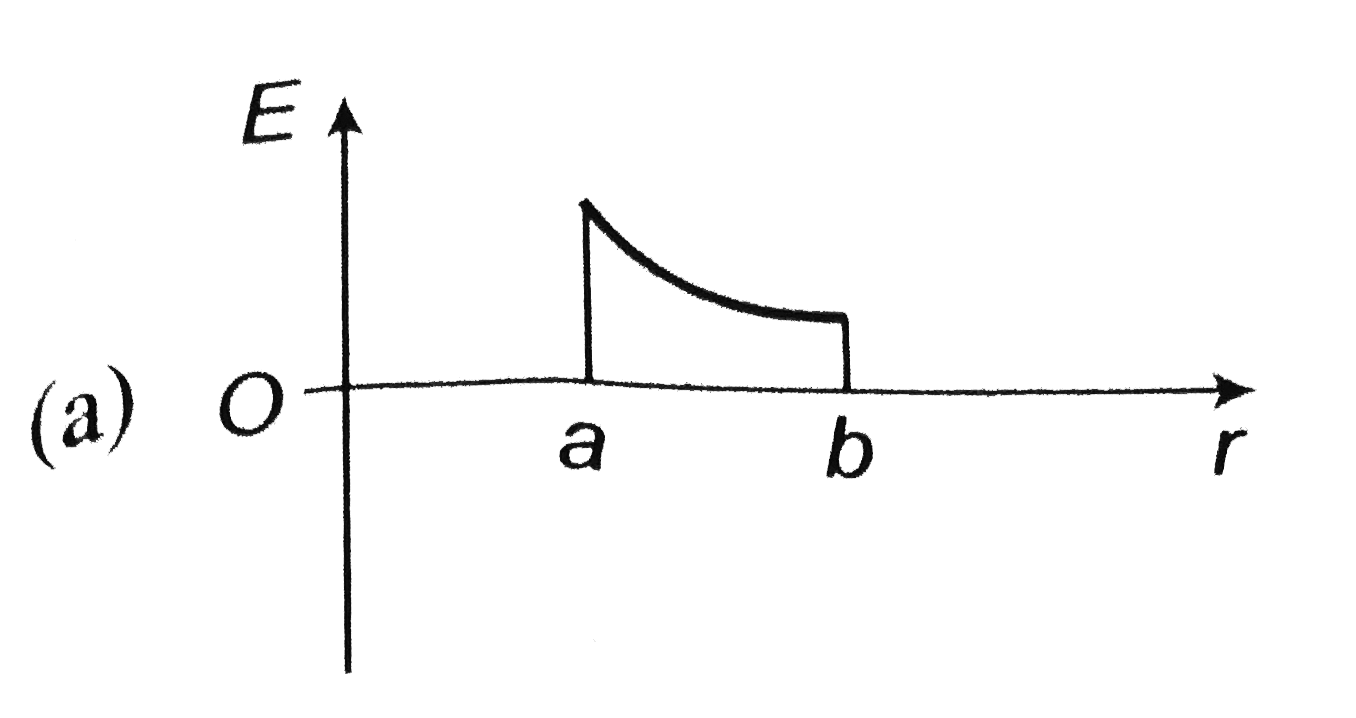 B
B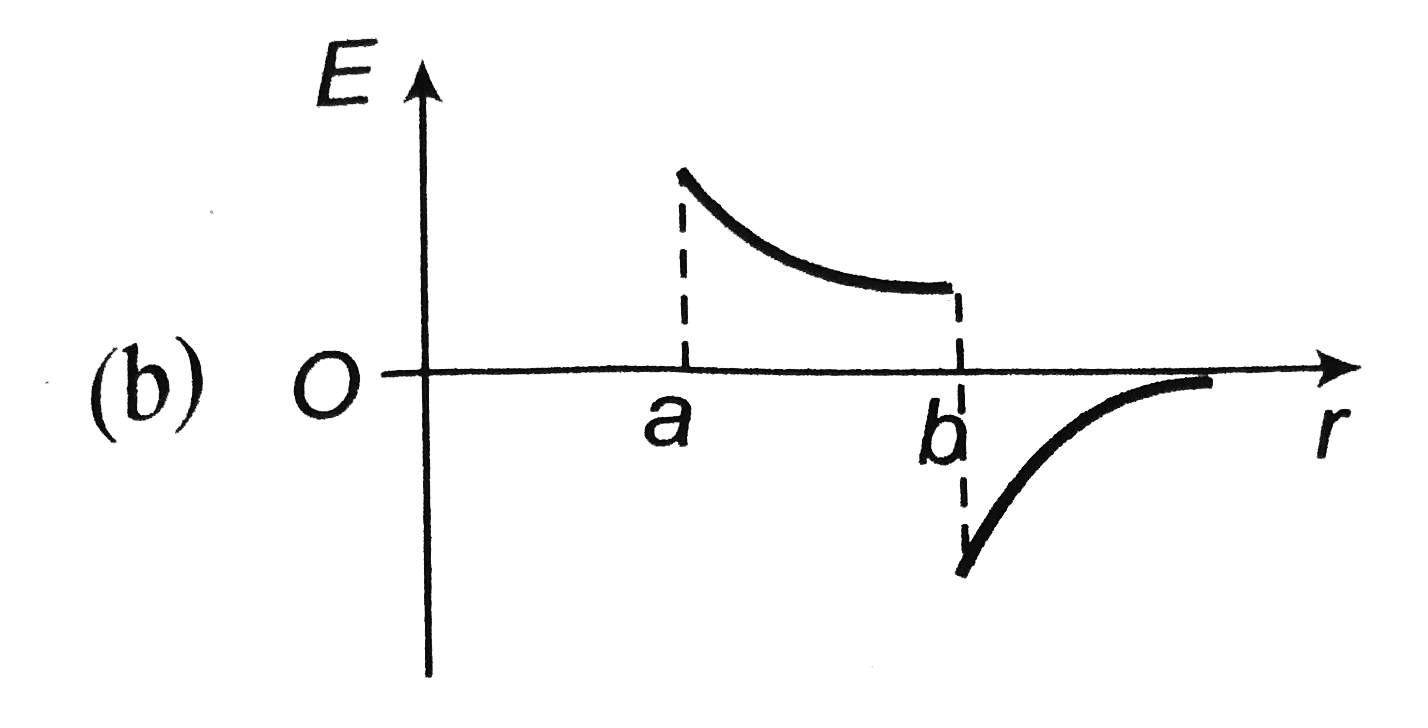 C
C D
D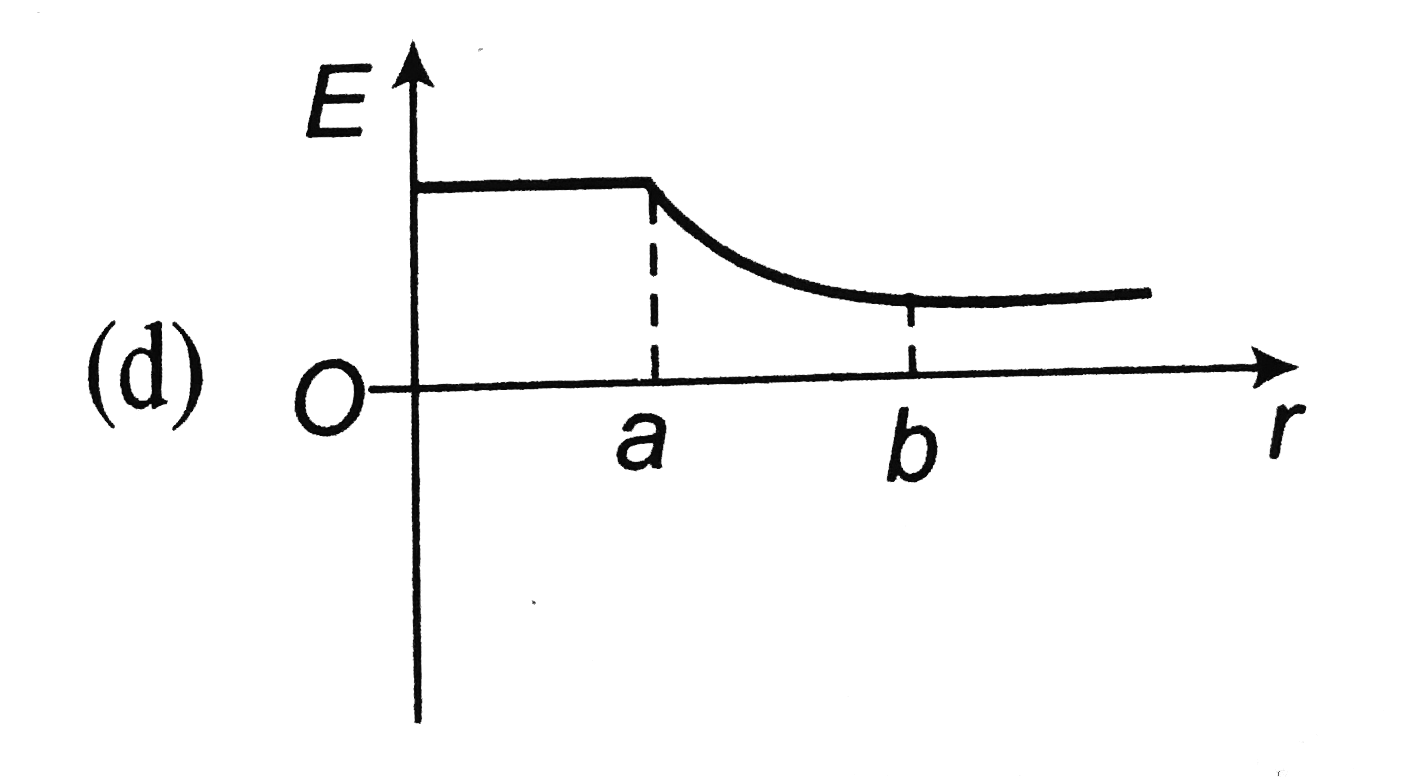
- Question 2 - Select One
Two identical coaxial rings each of radius R are separated by a distance of √3R. They are uniformly charged with charges +Q and −Q respectively. The minimum kinetic energy with which a charged particle (charge +q) should be projected from the centre of the negatively charged ring along the axis of the rings such that it reaches the centre of the positively charged ring is
AQq4πε0RBQq2πε0R)CQq8πε0RD3Qq4πε0R - Question 3 - Select One
Two concentric rings, one of radius R and total charge +Q and second of radius 2R and total charge −√8Q, lie in x−y plane (i.e., z=0plane). The common centre of rings lies at origin and the common axis coincides with z-axis. The charge is uniformly distributed on both rings.
At what distance from origin is the net electric field on z-axis zero?
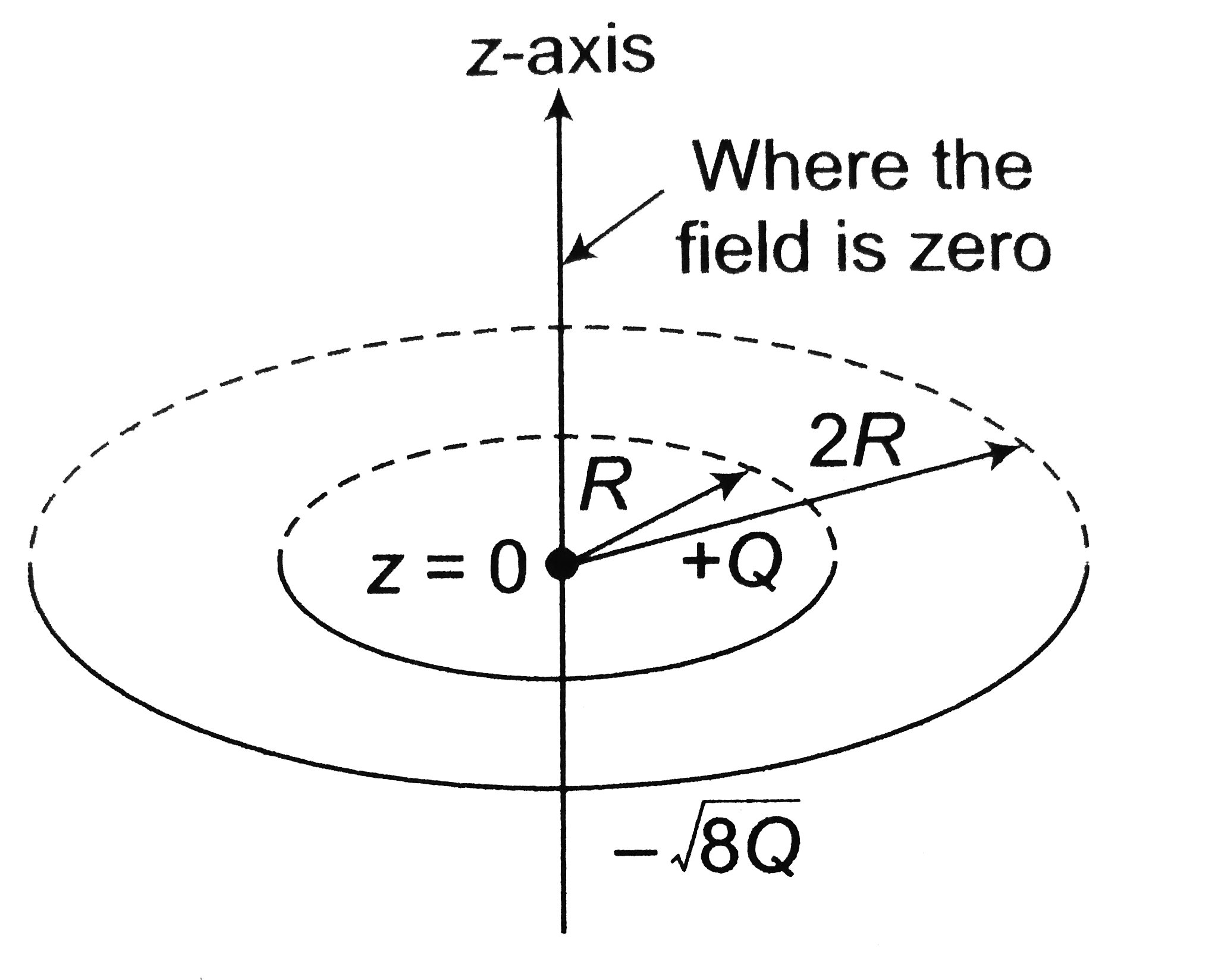 AR2BR√2CR2√2D√2R
AR2BR√2CR2√2D√2R
Charges Q,2Q, and −Q are given to three concentric conducting spherical shells A,B and C respectively as shown in figure. The ratio of charge on the inner and outer surface of shell C will be
 View Solution
View SolutionTwo uniformly charged concentric spherical shells of radius R and r, are given charges Q1 and Q2 respectively. If their potential difference is V, then it will not depends upon:
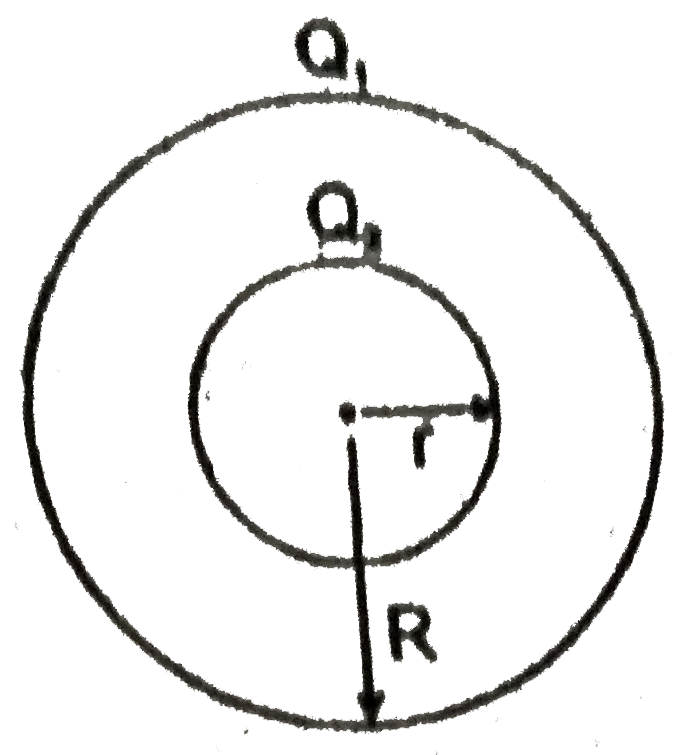 View Solution
View SolutionTwo positive charges q1andq2 are moving with velocities v1andv2 when they are at points A and B, respectively, as shown in Fig. The magnetic force experienced by charge q1 due to the other charge q2 is
 View Solution
View SolutionThree concentric spherical shells A, B and C having uniformly distributed total charges +Q, -2Q and +Q respectively are placed as shown. The potential at the centre will be -
 View Solution
View SolutionTwo concentric shells have radii R and 2R charges qA and qB and potentials 2V and (32)V respectively. Now, shell B is earthed and let charges on them become qA' and qB'. Then,
 View Solution
View Solution

